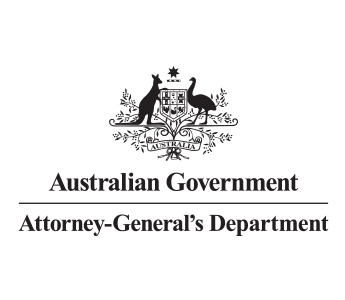Activity reporting
Summary
Prepare summary reports on activities for clients, managers or responsible staff.
Why this countermeasure matters
A lack of reporting on activities may result in:
- less transparency over actions and outcomes
- poor management of performance, decision-making and risk
- less action and accountability to prevent, detect and respond to fraud and corruption
- fraud or corrupt activity going unnoticed or unchallenged
- clients, public officials or contractors committing fraud, acting corruptly, and avoiding exposure
- confusion about requirements and accidental or reckless non-compliant conduct that may in turn lead to fraud.
How you might apply this countermeasure
Some ways to implement this countermeasure include:
- reports to managers and executives on:
- program or administrative budgets and expenses
- program claims, payments and other key performance indicators
- staff attendance and allowances, such as overtime payments
- project or contact performance
- procurement and vendor payments.
- reports to clients and staff on:
- changes to their accounts
- program or organisational performance
- program or organisational change
- trends and issues.
How to check if your countermeasures are effective
Here are some ways to measure the effectiveness of this type of countermeasure:
- confirm that reports are actually produced and used
- review a sample of reports to determine if they are clear, relevant and would help someone detect fraud
- review data related to reports to see how often are they are reviewed
- confirm that reports are sent to or available to appropriate persons such as:
- customers who can view reports on their online account
- line managers who can receive an email
- executives who review reports during committee meetings
- confirm that reports and data cannot be manipulated.
Related countermeasures
This type of countermeasure is supported by:
Whole-of-Government policies require us to have a high level of confidence in data when providing government services and payments. Create policies, rules, processes and systems to collect accurate and relevant data to help:
• process claims
• make decisions
• check and verify data
• analyse data to detect fraud
• investigate potential fraud
• define new indicators of fraud.
Make sure requests or claims use a specific form, process or system for consistency.
Establish exception reports to identify activities that are different from the standard, normal, or expected process and should be further investigated.
Report on incidents or breaches to help identify if further investigation is required. Clients, public officials or contractors can take advantage of a lack of reporting and transparency to commit fraud, act corruptly and avoid exposure.
Audit logging is system-generated audit trails of staff, client or third-party interactions that help with fraud investigations.


